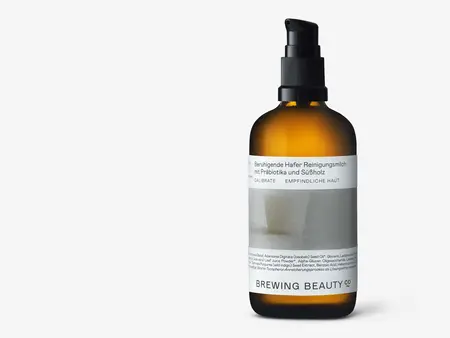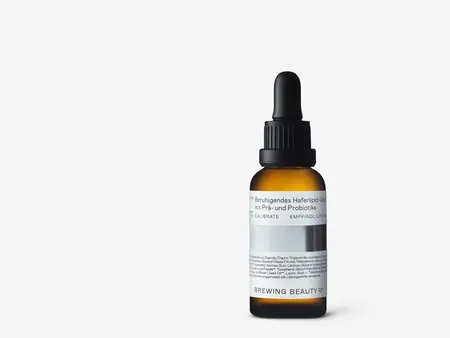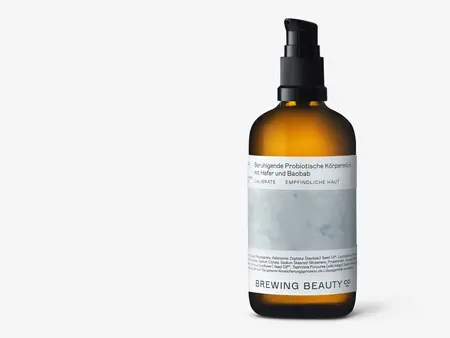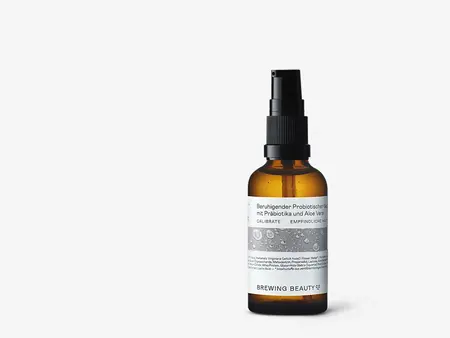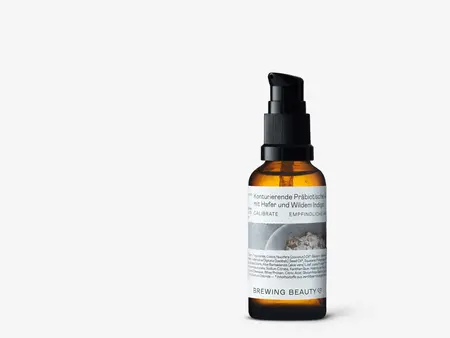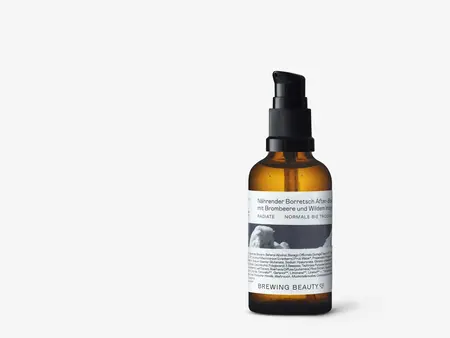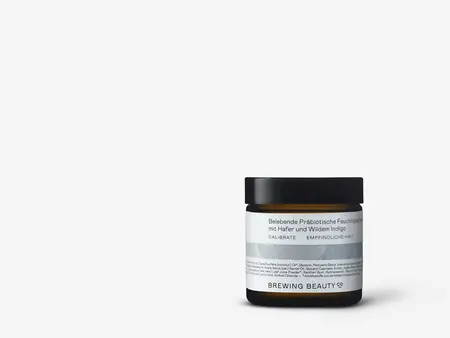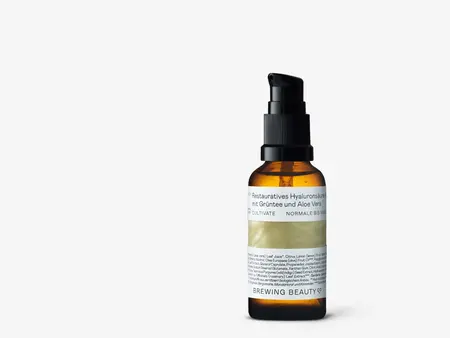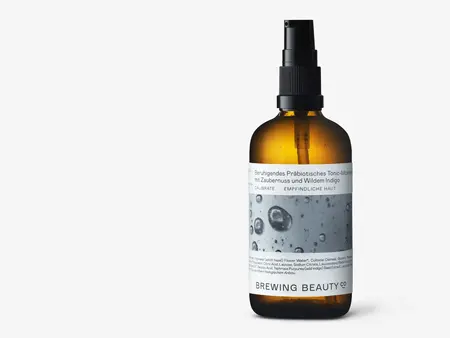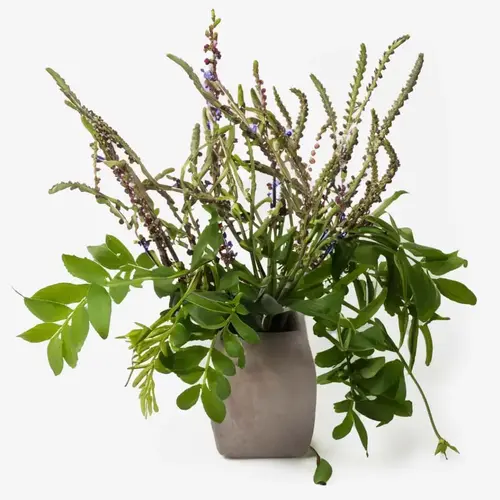Scientific Overview: Wild indigo contains bioactive compounds such as flavonoids and saponins, which have anti-inflammatory, antioxidant, and skin-soothing properties.
Cultivation and Harvest: Wild indigo plants are cultivated in gardens or harvested from the wild for their medicinal uses. The roots of the wild indigo plant are typically harvested in the fall or spring and then processed for various applications, including skincare.
Plant Morphology: Wild indigo plants have compound leaves with multiple leaflets and produce clusters of blue or purple flowers. The roots are thick, woody structures that grow underground and contain bioactive compounds with medicinal properties.
